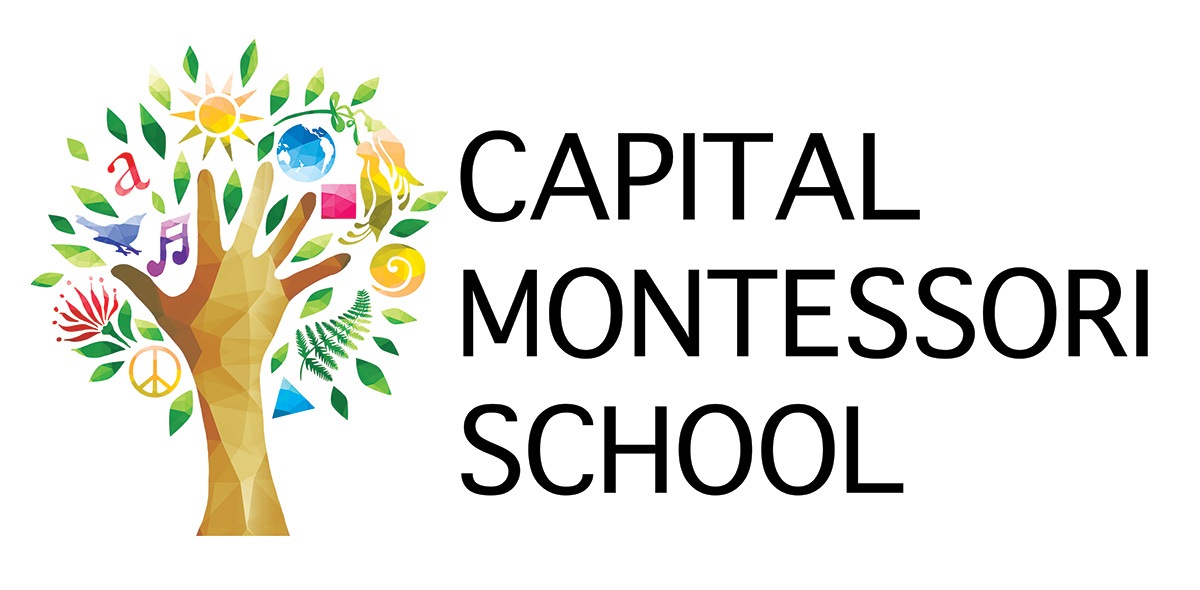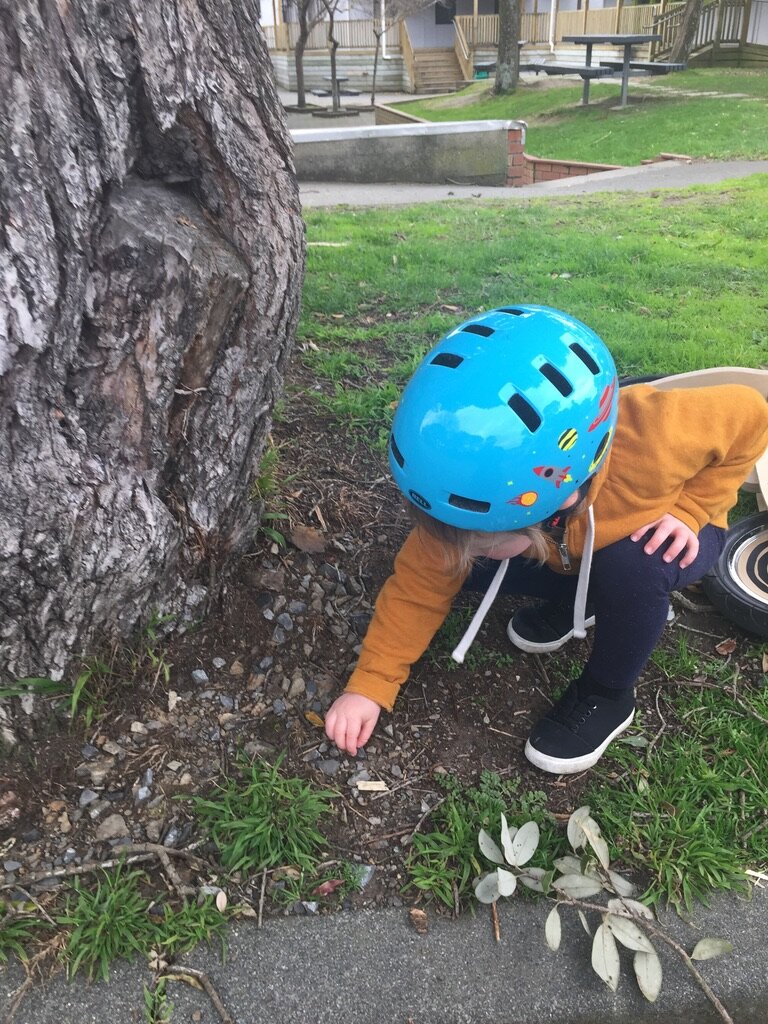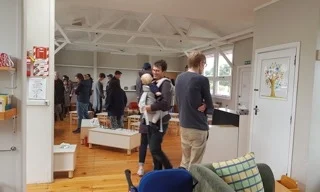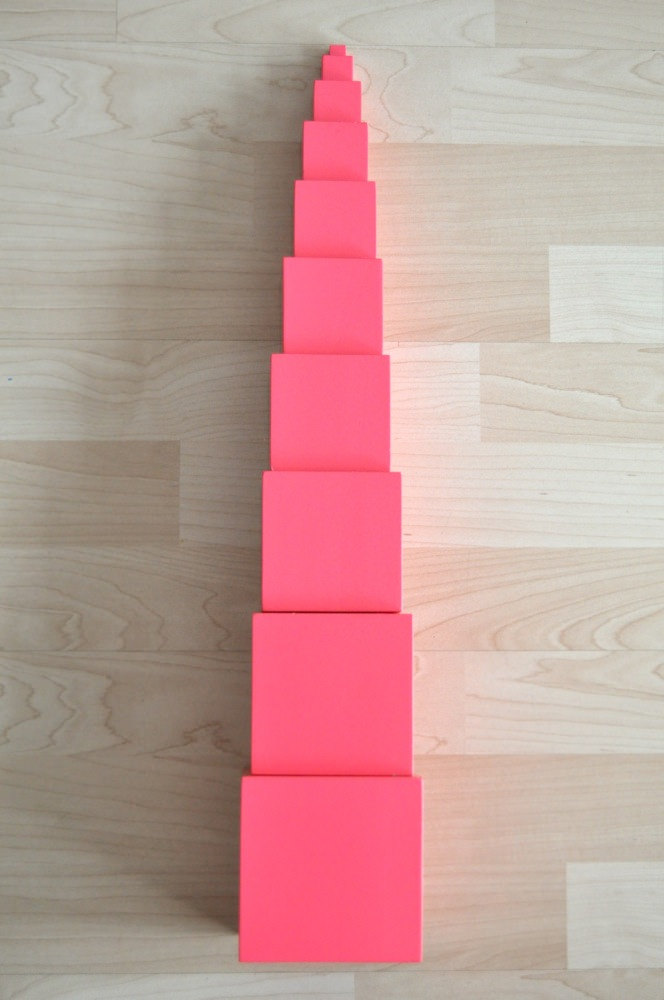This week has been all about Matariki. You may have seen Matariki art work coming home, or Matariki songs being sung around the house. Perhaps you have been engaging in discussions about stars and what they signify.
But what is Matariki exactly?
Matariki is the Māori name for the cluster of stars also known as the Pleiades that rises in mid-winter.
Celebrating Matariki is a fairly new concept to many New Zealanders. We never talked about it or learned about it throughout my schooling (in the 80s and 90s) and it has only become a recognised national holiday in the past couple of years. With this in mind I thought I would share a few of the materials and information we have been learning in class.
Matariki is an important time in the Māori calendar – it signifies Māori New Year. Historically, new year celebrations provided the opportunity for whānau to come together to acknowledge the year gone by, prepare and plan for the year ahead; to celebrate with kai, kōrero (conversation), ceremony and entertainment.
There are many stories and ideas about what the 9 stars signify. The tamariki have listened to stories and read books where they represent fish who were thrown up into the sky by a net, or where they are mean fairy women who were banished to the skies, or where they are kites that were blown up there by the winds... there is no one definitive answer as to what they truly represent.
However the stars do all have names (you will hear these in one of the songs we are learning) and each one is representative of something.
Here are the 9 Matariki stars
Waitā represents food gathered from the sea. This star encourages us to respect our coasts, oceans, and marine life.
Waitī represents fresh water. This star encourages us to respect rivers, lakes, wetlands, springs, and the plants & animals that live in fresh water.
Waipuna ā rangi represents water from the sky. This star encourages us to respect rain, snow, and hail, as well as frosts and rainbows!
Pōhutakawa represents memories of treasured people who have passed on. This star encourages us to take time to remember loved ones and to acknowledge their impact on our lives.
Tupuānuku represents food grown in the ground. This star encourages us to respect vegetables and plants such as potato, kumara, onion, and carrots.
Tupuārangi represents food that comes from above. This star encourages us to respect birds, and fruit/ vegetables from trees.
Ururangi represents the wind. This star encourages us to respect the air we breathe, and the winds that help to give power and energy.
Hiwa i te Rangi represents our hopes, dreams, and wishes. This star encourages us to take a step into the unknown, to plan to succeed, and to make our dreams come true.
Matariki represents reflection, hope, our connection to the environment, and the health and wellbeing of our people. This star encourages us to connect with one another, spend time with loved ones, share a meal with friends and family, and see people you haven't seen in a while.
Here are the lyrics to the Matariki song we have been learning. This will be performed at the celebration tomorrow night
Waitī, Waitā, Waipunarangi,
Tupu-ā-nuku, Tupu-ā-rangi, Ururangi e
Koinei ngā tamariki o Matariki
(These are the children of Matariki)
Ngā whetū e pīataata i te rangi e
(The bright stars that shine in the sky)
Ngā whetū e pīataata i te rangi e
(The bright stars that shine in the sky)
The tamariki have been engaged in all sorts of activities that embrace the concepts and values of Matariki.


































